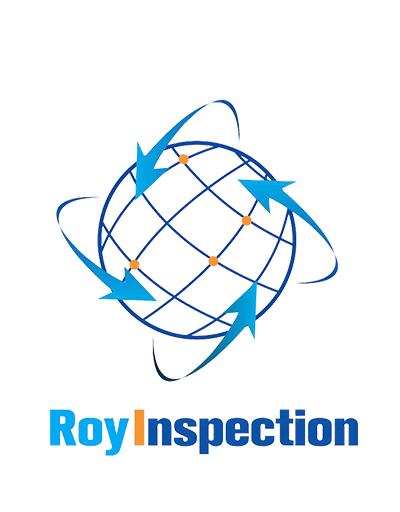IntroductionEnsuring safe travel for all passengers is the primary responsibility of airports. The baggage inspection system is a critical component of airport security, reducing the risk of security breaches and ensuring that all luggage on board is safe and secure.1. What is a Baggage Inspection System?A baggage inspection system is a screening process that uses advanced technologies like X-ray machines, CT scanners, and other sensing and detection technologies to inspect and verify the contents of passengers' luggage and cargo.2. The Importance of Baggage Inspection SystemThe baggage inspection system is essential to prevent the occurrence of security breaches, including drug trafficking, smuggling of illegal substances, and explosives. Its operation also detects prohibited items and prevents them from entering the airplane, with these items ranging from knives to sporting goods.3. Baggage Inspection System ProcessThe Baggage Inspection System process involves several steps: screening, image processing, and decision-making. It begins with the passenger dropping off their luggage at the airline freight area. From there, the baggage is placed on a conveyer belt and enters the screening area. The Baggage Inspection System then detects potential threats, assesses the risks and returns a decision.4. Technologies Used in Baggage Inspection SystemThe Baggage Inspection System employs technologies like CT scanners for detecting explosives and advanced X-ray machines to screen luggage contents. These technologies perform X-ray scans, analyzing the luggage to determine its contents nonintrusively. With this, security personnel can see through luggage walls and identify items that can pose risks.5. Advancements in Baggage Inspection SystemAdvancements in technology have led to more sophisticated systems, improving overall inspection efficiency and accuracy. Technologies like Dual-View X-ray machines, full-body scanners, and one-view CT scanners provide improved images that are then analyzed to identify any prohibited items.6. The Role of Human Personnel in Baggage Inspection SystemDespite the sophistication of Baggage Inspection Systems, their effectiveness is only possible with competent human personnel. Their tasks range from monitoring and interpreting images detected by the inspection machines, identifying problems, making critical decisions, and being on standby to respond to any emergencies.7. Benefits of Baggage Inspection SystemBaggage Inspection Systems ensure the safety of the traveling public. The system's technological advancements, along with human expertise, help to detect threats and prevent them from boarding the plane. Thus, making travel safer and improving the public's peace of mind regarding airline security.8. Drawbacks of Baggage Inspection SystemThe Baggage Inspection System, despite its advancements, is not foolproof, and some prohibited items might still penetrate the system. The system's complexity also results in a much longer screening process, leading to delays and sometimes lengthy wait times in security lines.9. The Future of Baggage Inspection SystemsIn an uncertain world, technological advancements in Baggage Inspection systems show a promising future for ensuring aviation security. Future advancements could include machine learning algorithms, AI-based detection systems, and more advanced full-body scanners.10. ConclusionThe Baggage Inspection System is an essential component of airport security, ensuring every passenger's safety and baggage. Technological advancements and the expertise of human personnel are crucial in making the system more accurate and efficient. With continued research, the future of baggage inspection systems is bright.Quote InquiryContact us!










